What are the country of origin label requirements for every country?
We all know those little “made in” labels you find on most products. They’re supposed to indicate the country of origin of the product and thus give us an idea about where it’s made. But what determines which country is presented on that label?
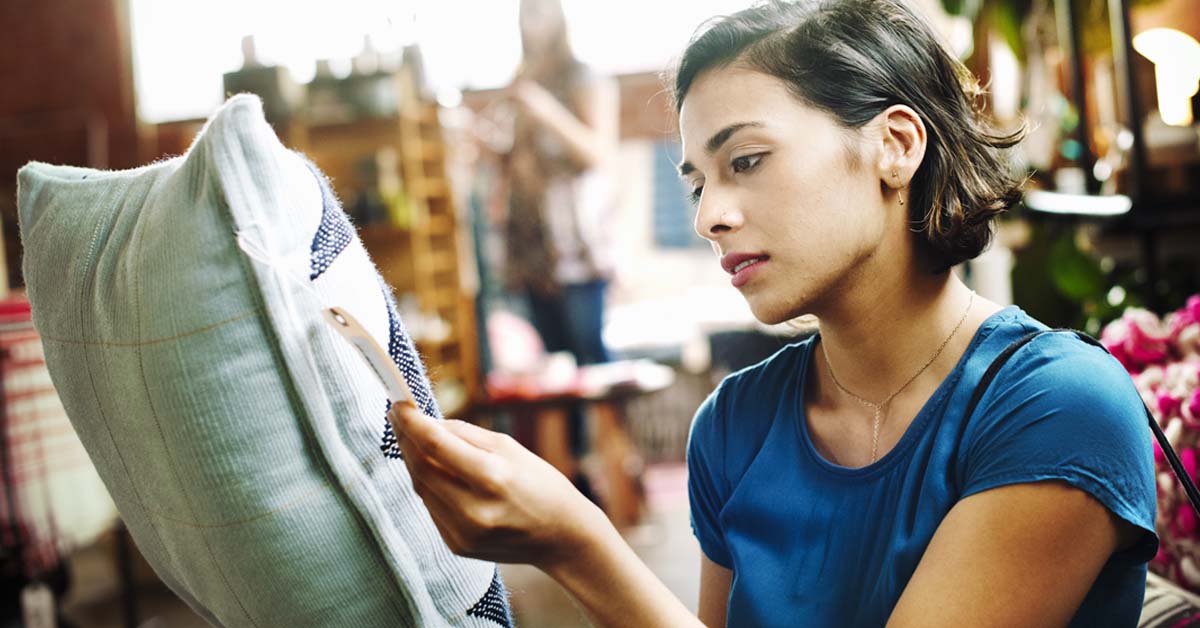
In today’s interconnected world where products tend to have long and complicated supply chains, that’s not so easy to answer.
To help you understand those country of origin labels a little better, this article outlines what they actually mean in around the world
Table of contents
- Understanding country of origin labels
- Standard requirements for country of origin labeling
- Country of origin labeling requirements by country/region
- Conclusion
Understanding country of origin labels.
The first thing to understand about “made in” labels is that they were not designed to provide consumers with transparency regarding product origin.
The first of these labels were meant to protect domestic producers from foreign competitors by applying them to imported goods. Additionally, most originate from a time where supply chains were short, making them fairly accurate at the time.
However, with the dawn of cheap transportation and the development of complex supply chains, they have gotten less and less accurate.
That fact hasn’t generally filtered down to the general public though. Labels such Made in Germany, Made in Italy or Made in the USA have become trademarks for high quality and consumers are generally willing to pay a premium for products that bear those labels.
Unfortunately, in most countries around the world, legislation has not caught up with these developments. As a result, companies have started to take advantage of that situation by doing the absolute minimum to comply with the requirements necessary to use those country of origin labels, while outsourcing most of their production to low-income countries.
The standard requirements for most country of origin labels.
It would be impossible to make a list of every country’s requirements when it comes to product origin labeling. Luckily, we don’t have to, as most countries have very similar regulations.
Almost every country around the world has very few exact specifications and, generally apply the “last substantial transformation” rule.
This rule states that the country of origin mentioned on the label should be the one were the last substantial transformation of the product took place. I’m sure you can immediately see the flaw in that way of doing things.
For example: you could make a pair of shoes entirely in Vietnam, then glue on the sole in Italy and mark your product as Made in Italy.
Their are some countries/regions that have set up more specific regulations however, which we will discuss in the next segment.
Regional products
Some products have their own requirements when it comes to their origin ( Champagne for example). We won’t be discussing these here as it is beyond the scope of this guide.
Counterfeits
An important warning! Just because a product bears a reliable country of origin label doesn’t mean it is actually made there. Counterfeit goods are a $500 billion/year industry and counterfeiters certainly won’t hesitate to deceive you regarding product origin.
Always buy from reputable retailers or straight from the manufacturer to protect both yourself and those brands actually following the rules.
Country of origin labeling requirements by country or region.
Below you can find a list of countries that have specific regulations in place regarding country of origin labeling and what their respective requirements are.
While we try to keep this list up to date, don’t use it to make decision regarding your business. This is merely a guide for those who want to get a basic understanding.
Australia
Australia has launched their own “Made in Australia” label, with its recognizable logo. This is purely a marketing label as the only requirement is that the last substantial transformation has happened in Australia.
Source: Australian Made Campaign Ltd.
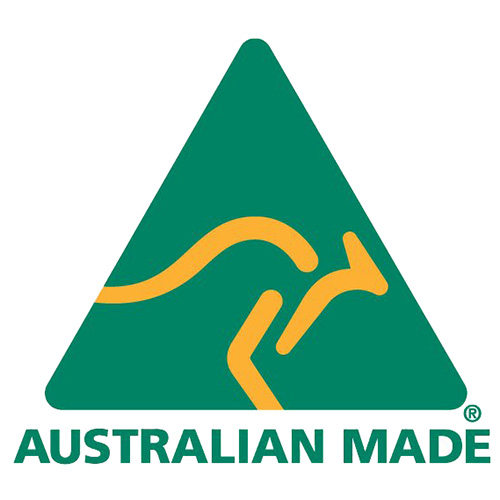
Canada
Canada has two origin labels, each with their own requirements:
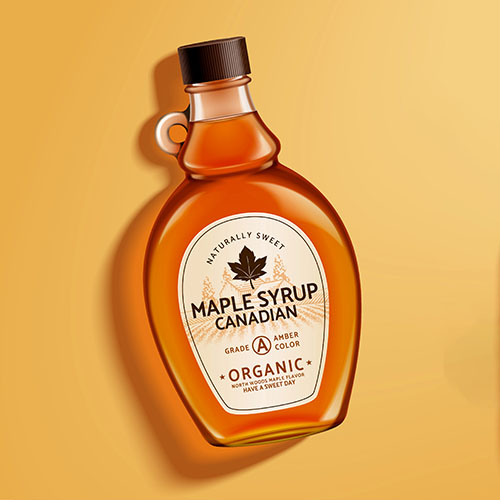
Made in Canada: the product must satisfy the “last substantial transformation” rule. But in addition, at least 51% of the total direct costs of the product’s creation must occur in Canada.
Product of Canada: at least 98% of the total direct costs to create the product must be incurred in Canada. This includes “all or virtually all” of the components and manufacturing costs. Moreover, the “last substantial transformation” must also have been executed in Canada.
Terms like “Canadian”, “Proudly Canadian”, “Buy Canadian” or the use of Canadian symbols like the flag or maple leaf are considered equivalent to “Product of Canada” and must meet the same requirements.
Sources: Canadian Competition Bureau and Canadian Food Inspection Agency
Europe

For goods where more than one country is involved in production the European Customs Union applies the “last substantial transformation” rule.
For textile products (mainly clothing), it’s a different story however. Only one complete process has to take place in a country for it to become the country of origin, making the label even less reliable.
For example: a shirt can be made in China from Turkish cotton and still be labeled as Made in Italy, provided that the cotton was woven into fabric there.
Source: European Taxation and Customs Union
Germany
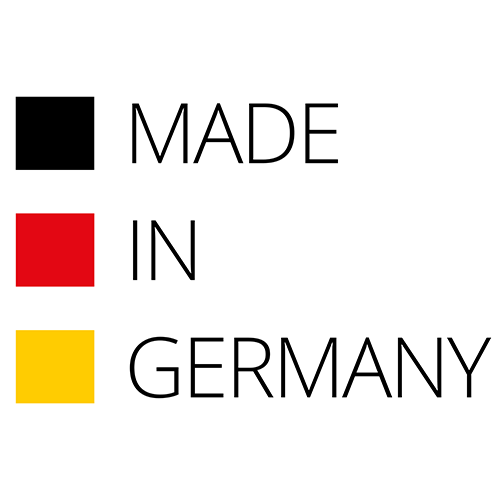
There is currently no specific legislation regarding when a product can be labeled as Made in Germany. However some court rulings have declared that any services that are decisive for the quality or other important properties of a product must be performed in Germany.
So while not ironclad, you can generally expect a Made in Germany label to carry more weight than most others.
Italy
For the Made in Italy label you can generally apply the European rules. However, it often carries even less weight as a lot of those processes that do take place in Italy are done by Chinese workers in Chinese-owned factories.
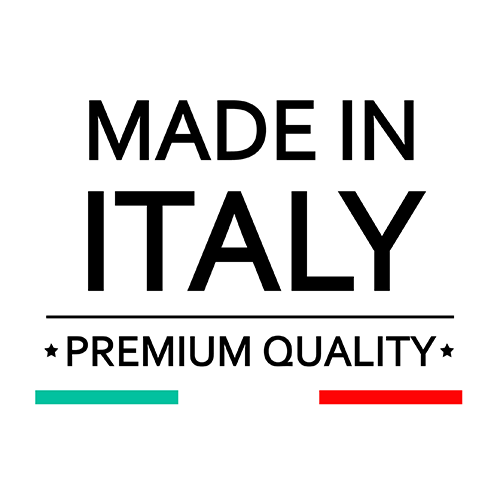
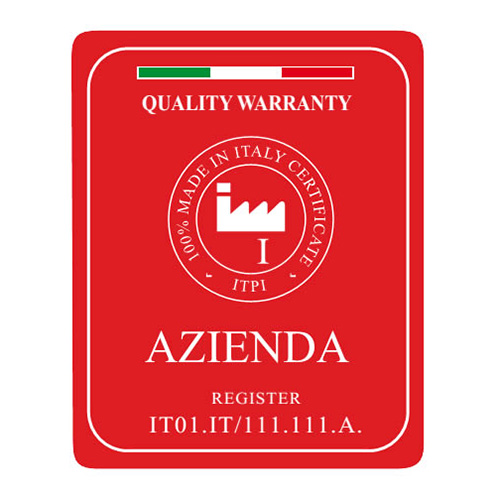
As a response, the “100% Made in Italy” label has come into existence. Founded by Italian manufacturers who were frustrated by the dilution of the Made in Italy label, this label is a certification by the ITPI and can only be obtained if goods are entirely made in Italy.
To understand the difference between the two, I recommend this post, documenting a company’s quest to source their products in Italy.
Source: Institute for the Protection of Italian Manufacturers
Switzerland
For a product to be Made in Switzerland or Swiss made:
- For food products: 80% of the weight of the raw materials and the essential processing must take place in Switzerland.
- For industrial products: 60% of the manufacturing costs and the essential manufacturing steps must occur in Switzerland.

These are the general rules, but Switzerland has more specific rules in place for various products such as watches.
Source: Swiss Federal Institute of Intellectual Property
USA
The USA has one of, if not the, strictest origin labeling requirements in the world. The Federal Trade Commission distinguishes between two types of labeling:
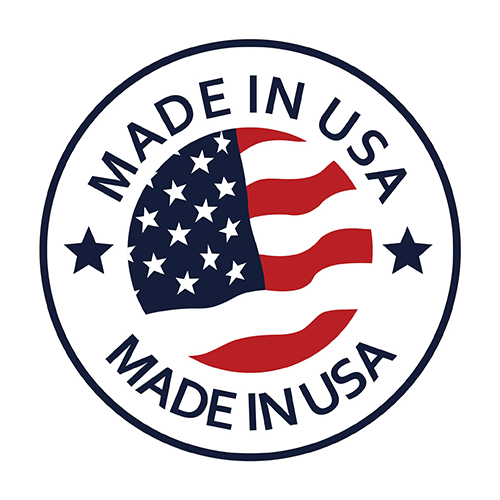
Unqualified claims: Made in the USA, manufactured in the USA, etc.
In those cases all or virtually all production must take place inside the USA. Any components that are significant in cost or utility of the product has to be manufactured in the USA,
Qualified claims: Made in the USA from imported components, assembled in the USA, 60% US content, etc.
These are descriptive labels that must be accurate. As long as they are and don’t give consumers false impressions, they are allowed.
Be aware that individual states can also impose additional standards. Overall the Made in USA label is one of the most reliable and difficult to obtain.
Source: Federal Trade Commission
Conclusion
As you can tell, “made in” labels are generally not a good indication of country of origin as requirements are overall very vague and easy to manipulate.
The good news is that there are already a few labels you can confidently rely on such as Made in USA and Product of Canada, with more labels, like 100% Made in Italy, coming into existence as authentic manufacturers seek ways to differentiate themselves from their scrupulous competitors.
But until reliable labels are more commonplace, the best thing you can do is not to rely on them too much. Instead, try to find companies that are transparent about the entire supply chain of their product.
Made By Liberty can be your partner in this search. On this website you can find lots of helpful guides and posts to help you along, such as our beginner’s guide to buying products made in free nations. You can also check out the Made By Liberty directory which is a directory for products made in the free world.
I hope this guide was helpful to you. If you have any further questions or information, be sure to comment them below or send me a message.
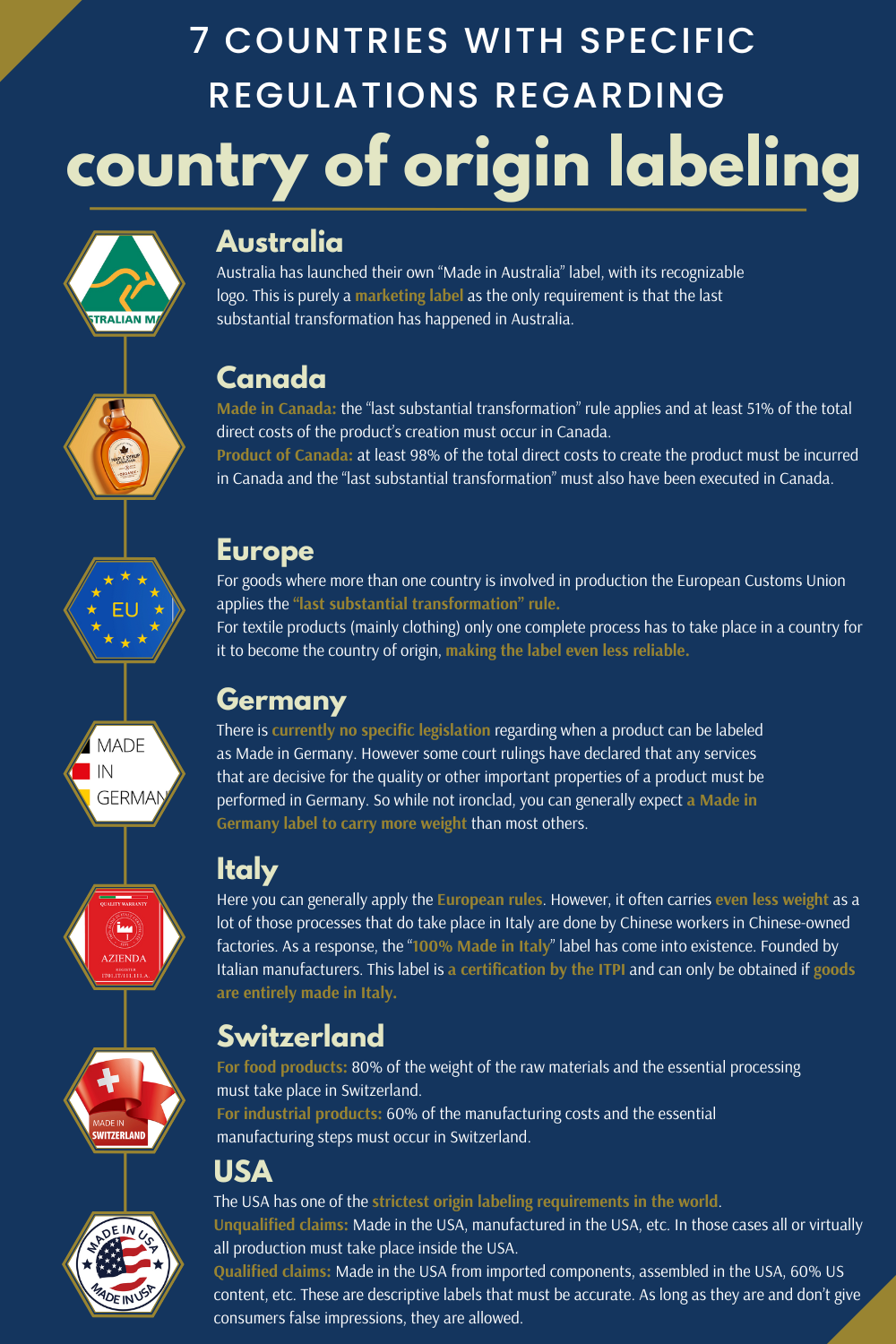

Leave a Reply